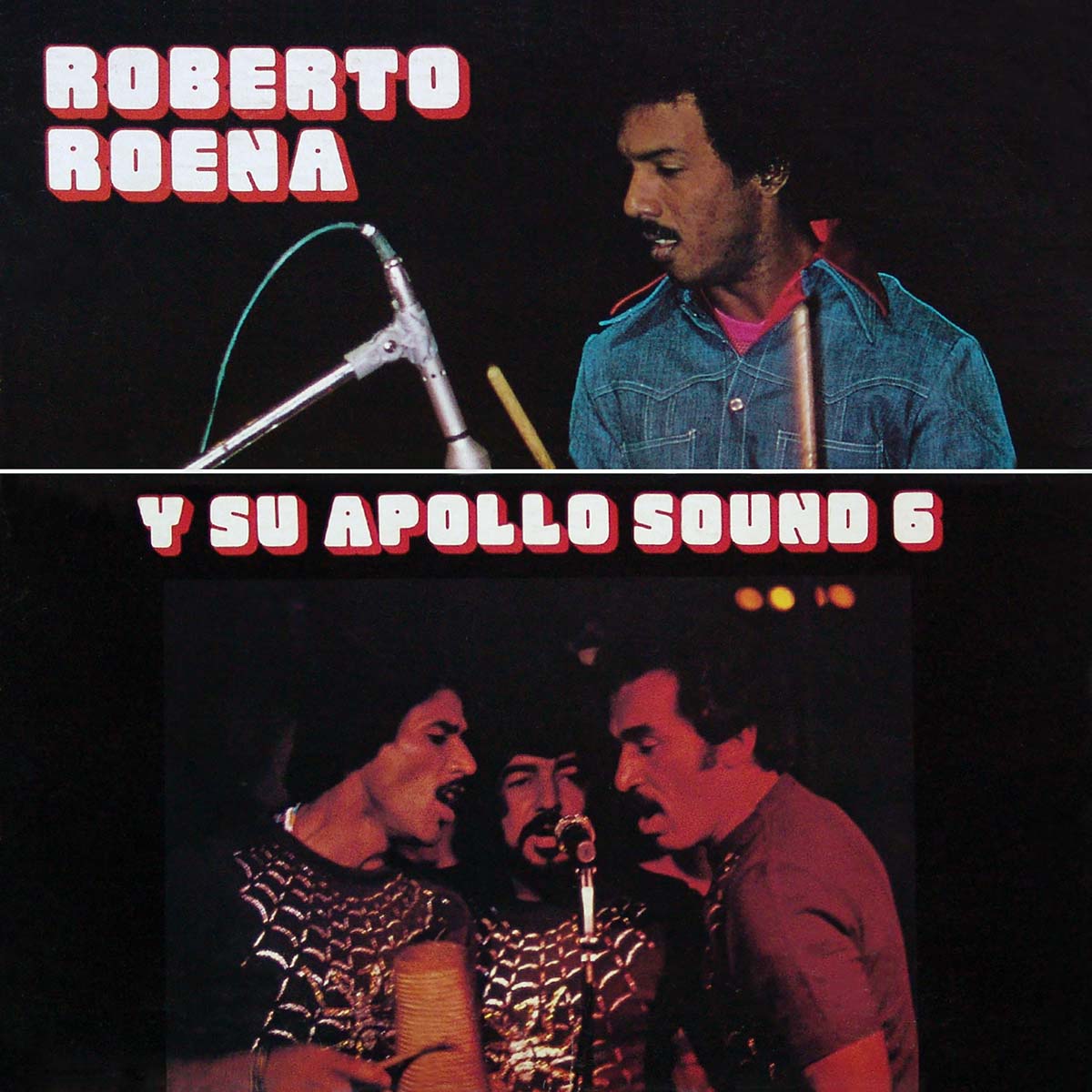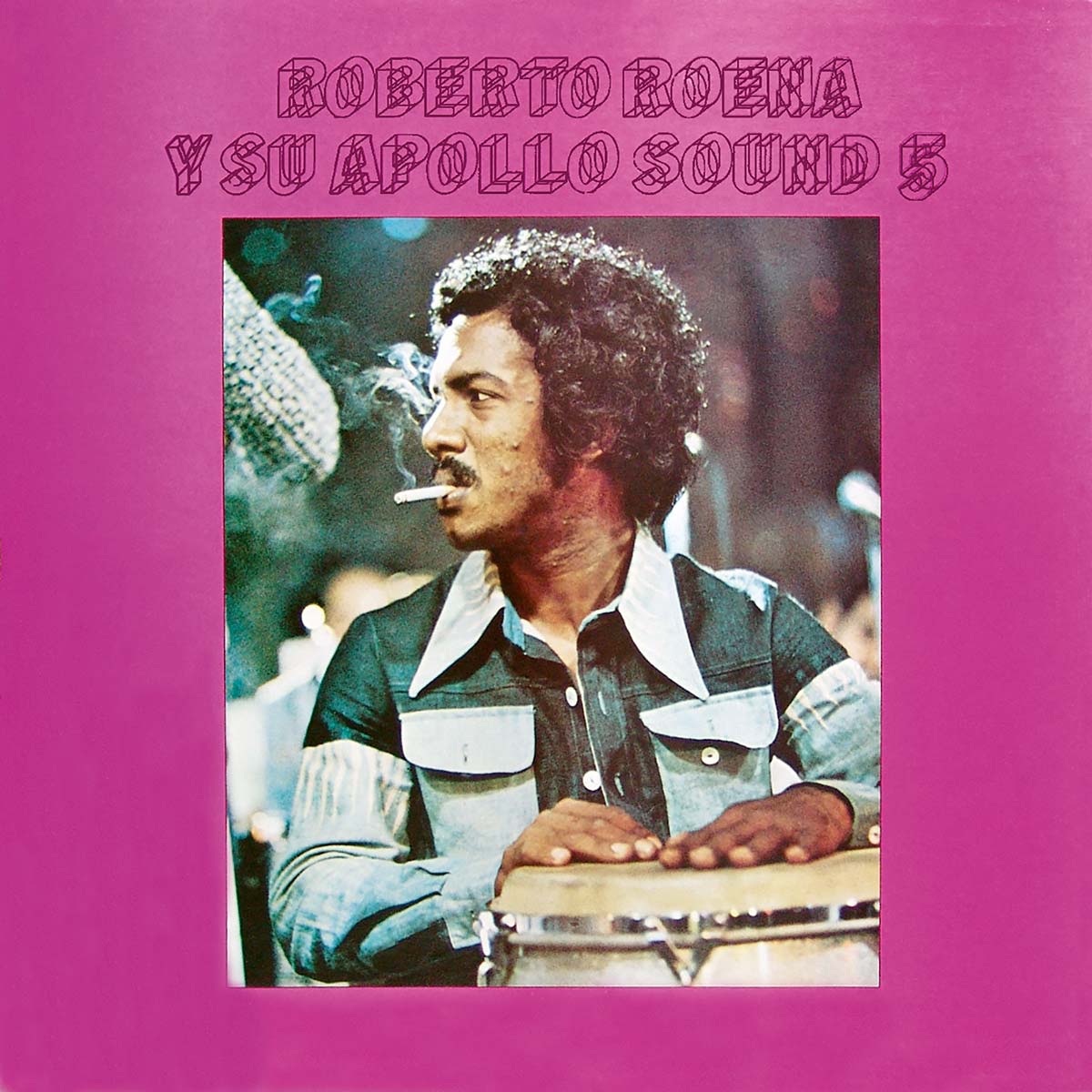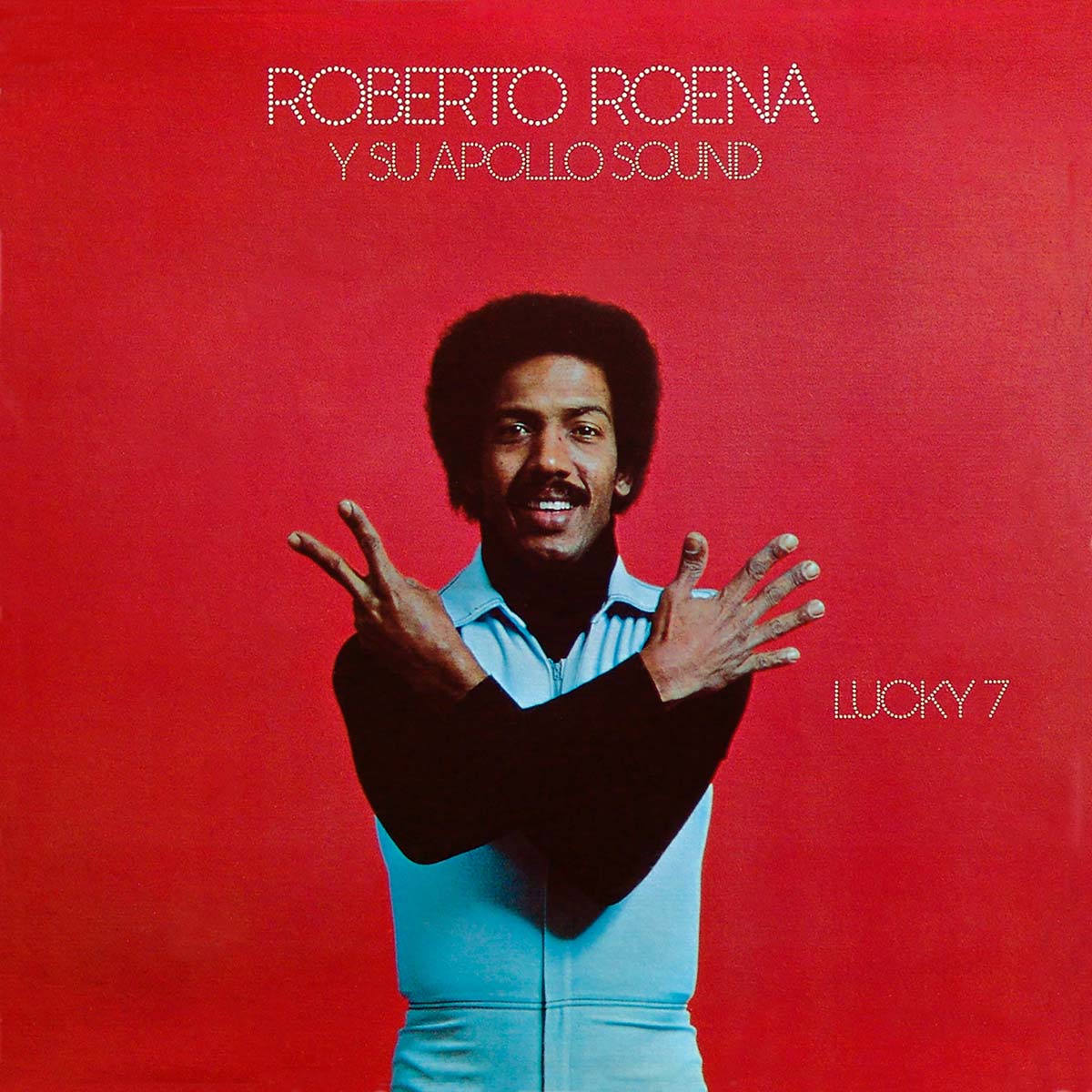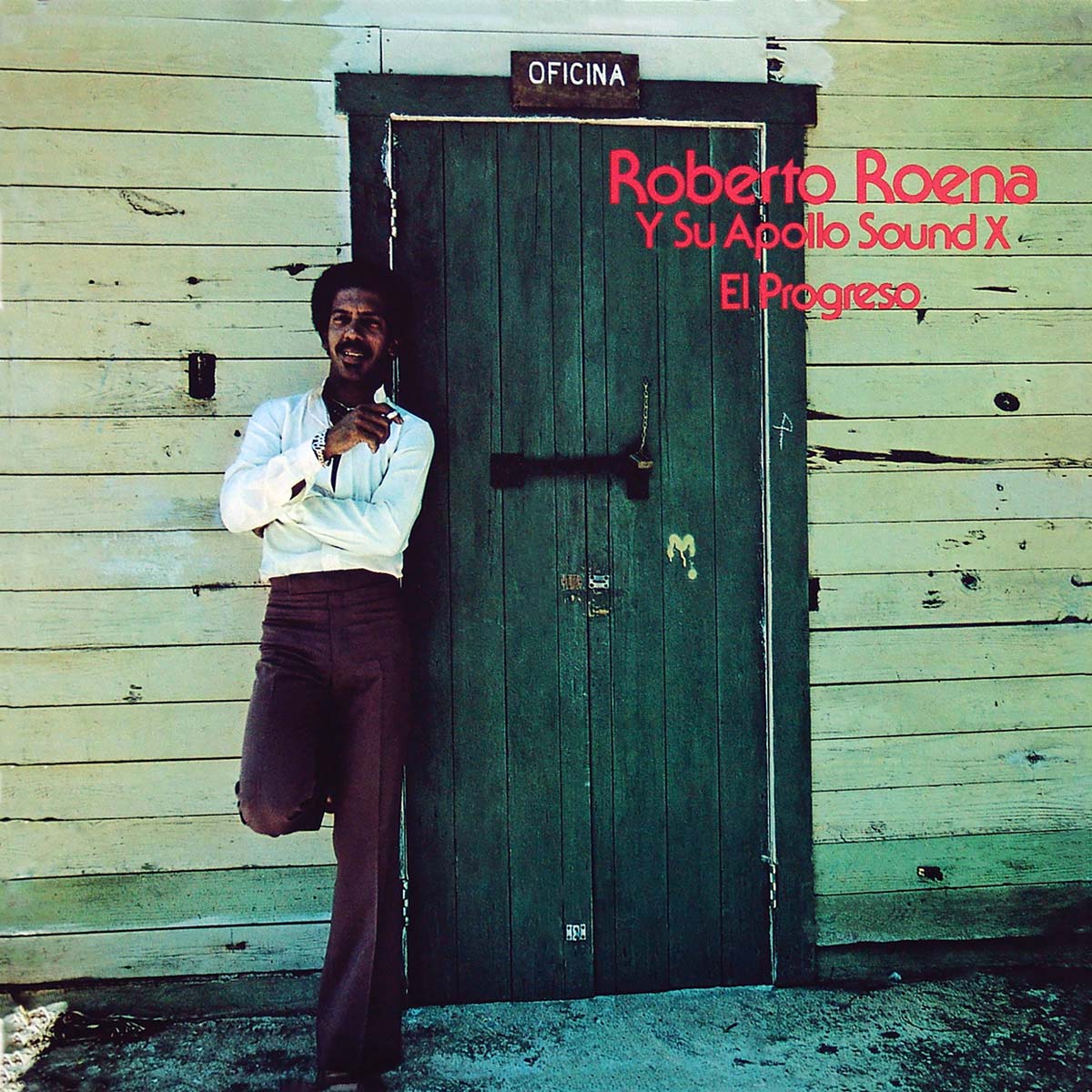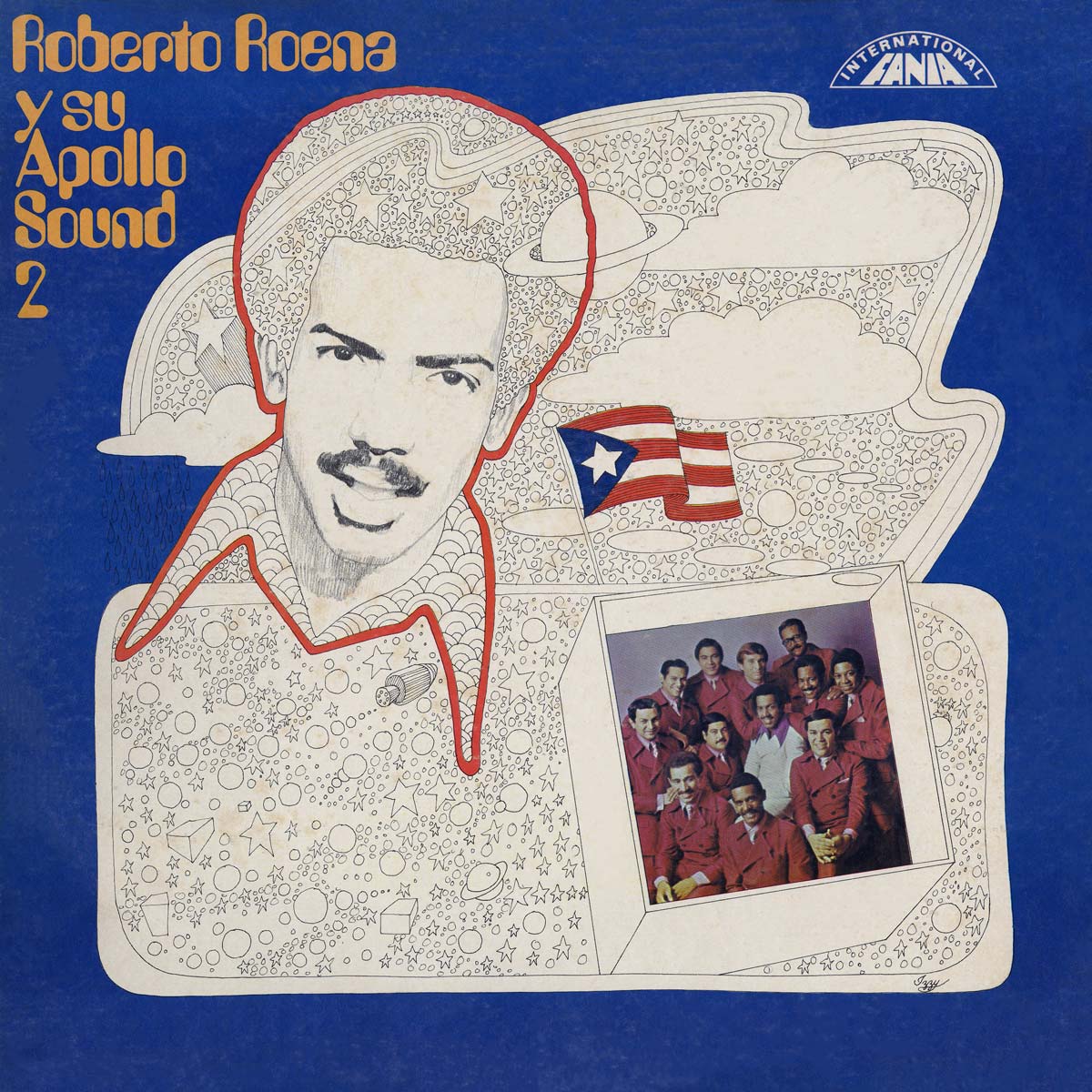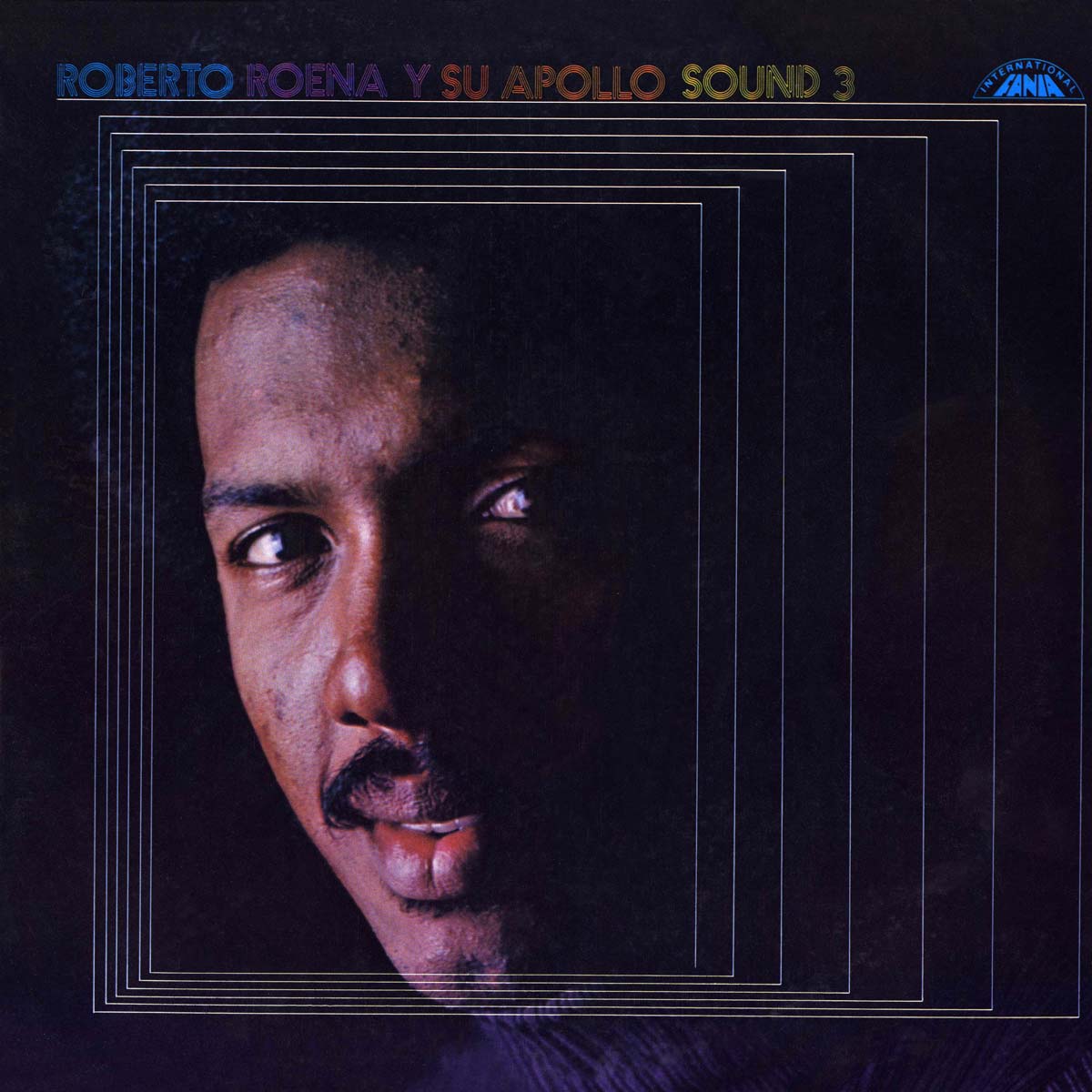
ROBERTO ROENA Y SU APOLLO SOUND 3 ROBERTO ROENA There are no mega-hits in this tight little album of tasty Puerto Rican salsa. Apollo Sound 3 is devoid of radio smashes like “Cui Cui” or “El Que Se Fue” – the kind of tropical anthems that would eventually establish Roberto Roena as one of the key figures in the salsa explosion of the ’70s. If anything, the third installment in the glorious Apollo Sound saga demonstrates Roena’s dexterity when it came to tackling an eclectic repertoire of Afro-Caribbean tunes.
There’s the impeccable swing of the opening “Te Vas A Acordar De Mí” – a dancefloor stomper – but also the delicate textures of “Que Engañada Estas,” an exquisite bolero marked by its sophisticated combination of flute, trumpets and a jazzy piano. Ignore the misogynistic lyrics typical of the salsa aesthetic of the time and enjoy an expertly crafted ballad that, musically at least, burns with romanticism. If there’s one passage that best defines the effortless musicality of this album, that would probably be the Afro-Cuban piano tumbao at the tail end of “Hagan Silencio,” framed by the vocal harmonies of the coro singing “hagan silencio/mucho silencio.” A priceless moment. Roena’s significance within the Fania empire cannot be underestimated. Together with pianist Papo Lucca and his Sonora Ponceña, the bongosero proved that the salsa movement was not just a New York phenomenon. The majority of music fans may think of Ray Barretto, Johnny Pacheco and Héctor Lavoe when the word Fania comes up, but the string of LPs produced by both Roena and Lucca between the early ’70s and the mid ’80s rival their Nuyorican counterparts in spirit and imagination. Unlike Papo Lucca, however, Roena was far from a virtuoso instrumentalist. He lacked academic training and could not read music. How did a solid percussionist with no schooling become one of the most daring bandleaders in the Latin music industry? Credit Roena for his serious work ethics and an eclectic palate that inspired him to shatter conventions and add touches of funk, jazz, romantic pop and Brazilian bossa nova into his music. Roena was at times criticized for his lack of a proper musical education – but his output vindicated him, and today he is one of the island’s most respected names.
Roena’s solos on the bongo are memorable – and he was eventually asked to join the Fania All Stars. But the one element of his artistry that boasted virtuoso elements was his dancing. In fact, Roena was a dancer first and a musician later. Together with his brother, the late Francisco José, Roena would dance at a television show called La Taverna India. Legendary bandleader Cortijo performed at that program together with his choice vocalist, Ismael Rivera. Cortijo hired Roena as a dancer, gave him percussion lessons and then enlisted him as the orchestra’s official bongosero. Roena would eventually join El Gran Combo, which he would leave in 1969 in order to follow a solo career. Following the release of Apollo Sound 3, Roena would enjoy a big hit with “Con Los Pobres Estoy,” the opening track of his following album. In 1974, he would release Roberto Roena y su Apollo Sound 6, the one-of-a-kind album that is considered by most salsa aficionados (and Roena himself) as the apex of his artistic career.
Credits: Roberto Roena – Leader Elías Lopés – Trumpet Mario Alvarez – Trumpet Ray Coen – Piano Freddie Miranda – Sax Tenor, Flute Cuchon Núñez – Trombone Vitito Rivera – Bass Gole Fernández – Timbales Celso Clemente – Conga Vocals – Piro Mantilla, Dino Guy Casiano, Frankie Calderón Producer – Jerry Masucci Recording Director – Johnny Pacheco, Larry Harlow Musical Director – Elías Lopés Arrangements – Elías Lopés, Ray Coen, Mario Ortíz Original Album Cover Photo – Len Bauman Original Album Design – Izzy Sanabria Graphic Format Design – Louise Hilton Graphic Montage & Digital Output – Remastered By – Miami Tape Liner notes written by Ernesto Lechner


